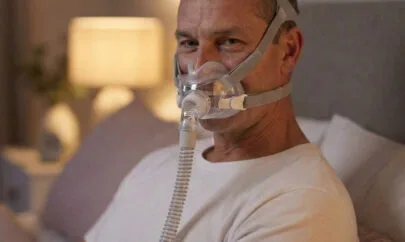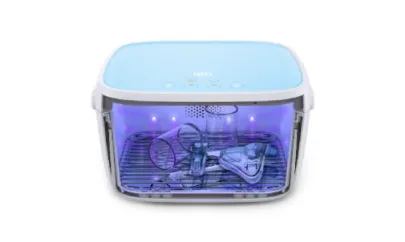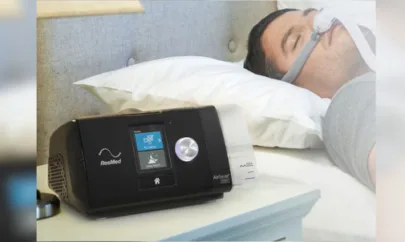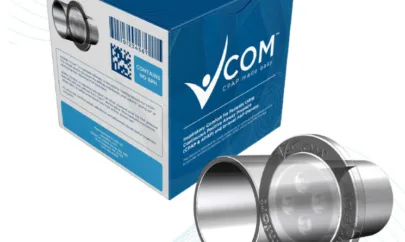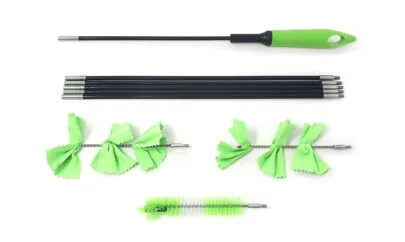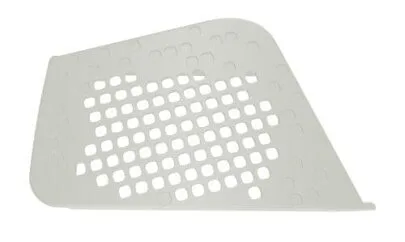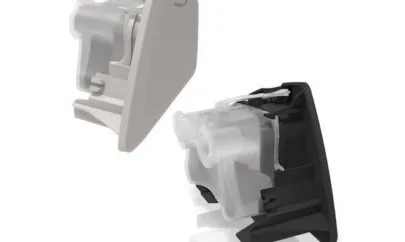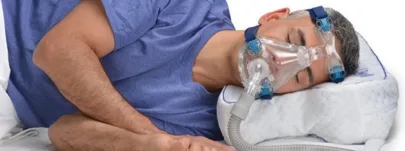
How to Choose the Best Pillow for CPAP Side Sleepers: Tips and Recommendations
Although some experts claim that sleeping on your side is not the best position in terms of your back, this position could actually provide a measure of relief for those who are suffering from obstructive sleep apnea (OSA).
Side sleeping will place less pressure upon the tissues found within your mouth, nose and throat. This decreases the chances of experiencing breathing disruptions during the overnight hours. Furthermore, it may help to mitigate the effects of snoring.
The only issue is that side sleepers with OSA can find it extremely difficult to find a pillow that is able to accommodate the presence of a positive airway pressure (PAP) face mask.
Let’s therefore take an in-depth look at the reasons why average pillows are unable to “make the cut” before examining some of the best pillows for PAP side sleepers — so that you can make the best decision while avoiding unnecessary confusion.
Common Issues with Average Pillows
While pillows come in a wide variety of shapes and sizes, they still often share a handful of possible drawbacks in common:
- A single pillow might not be able to provide the neck support that you require.
- Stacking multiple pillows can lead to discomfort.
- Pillows may flatten out over time.
These are some of the reasons why more targeted solutions are required by those who are hoping to limit the effects of obstructive sleep apnea. Thankfully, a handful of unique styles can provide amazing results.
The O2 Pillow
These pillow developers appreciate the simple fact that “one size fits all” is hardly relevant when discussing side sleepers. The O2 Pillow is available in numerous dimensions and firmness levels. As three different layers are sandwiched together, the O2 Pillow likewise offers excellent head and neck support.
This model is also relatively thicker when compared to standard pillows. So, users will no longer be required to stack multiple pillows to get the support they desire during the night. The pillow comes with its own carrying case, so those who regularly travel have a convenient solution.
The CPAPMax 2.0
One of the most common issues with those who have been diagnosed with obstructive sleep apnea involves becoming comfortable with the face mask apparatus. As a result, they could still be unable to obtain a solid night of sleep even though their airways remain open. This is even more relevant for those who tend to sleep on their sides due to the generic shapes of most pillows (even a high-quality contour pillow).
Thankfully, the team at SleepQuest offers several innovative alternatives.
CPAPMax 2.0 pillows have been designed with a unique cut-out shape. The main intention here is to ensure that the face mask remains firmly in place while providing superior levels of comfort. This also helps to reduce the chances that the mask will change positions (reducing leakage).
Flexibility and personal taste have also been taken into account. CPAPMax 2.0 pillows are available in two different configurations. Users can choose ventilated memory foam or plush fiber (providing the feel of more traditional pillows).
As if these amenities were not enough, here are some other advantages that users can expect to enjoy:
- Internal layers can be removed when desired; providing four different heights.
- A built-in hose tether of 18 inches.
- An ergonomic concave design.
- Superior shoulder and facial support.
- A resilient form (foam?) core that will retain its shape over time.
While the CPAPMax 2.0 has been particularly engineered for side sleepers, it is also suited for those who instead prefer to sleep on their back. In other words, it offers the best of both worlds.
CPAP CoolFlex Pillows
We are all aware that it can be difficult to fall asleep if we feel hot and uncomfortable. This is even more relevant when discussing the unique needs of those who have been diagnosed with sleep apnea. The CPAP CoolFlex provides what can only be called one of the most innovative solutions on the market.
These pillows contain a unique heat-absorbing gel within the interior; helping to ensure that you remain cool during the overnight hours. This is then combined with a PCM (phase-changing material) cover that likewise provides a cooling effect.
CoolFlex pillows are also equipped with a “flexible neck zone” that will adjust to your unique contours. This ultimately results in a greater degree of stability and therefore, the ability to enjoy a quality night of sleep.
Similar to the CPAPMax 2.0, these pillows offer two side cut-outs to ensure that your mask will remain firmly in place. This eliminates leakages while reducing other annoying effects such as dry eyes and lines on the face upon waking. A CPAP hose tether likewise helps to eliminate the chances that the mask slips off while asleep.
How to Choose the Appropriate Pillow
Numerous studies have shown that the best pillows for CPAP side sleepers need to provide extra levels of head and neck support. However, there are some other equally relevant factors to consider.
You will need to find a balance between firmness and height. Most experts feel that pillows offering a greater height (loft) should be less firm. Additionally, the type of material can make a significant difference.
Memory foam will retain its shape for extended periods of time while latex pillow covers could represent a wise choice for those who experience allergies on occasion. Finally, be sure to examine more practical issues such as warranties and return policies.
Final Thoughts
Although PAP machines are highly effective at reducing the symptoms associated with sleep apnea, comfort is just as relevant. All of the pillows mentioned above have received extremely positive user reviews and if you wish to enhance the quality of your sleep, feel free to examine each in greater detail.
Sources:



